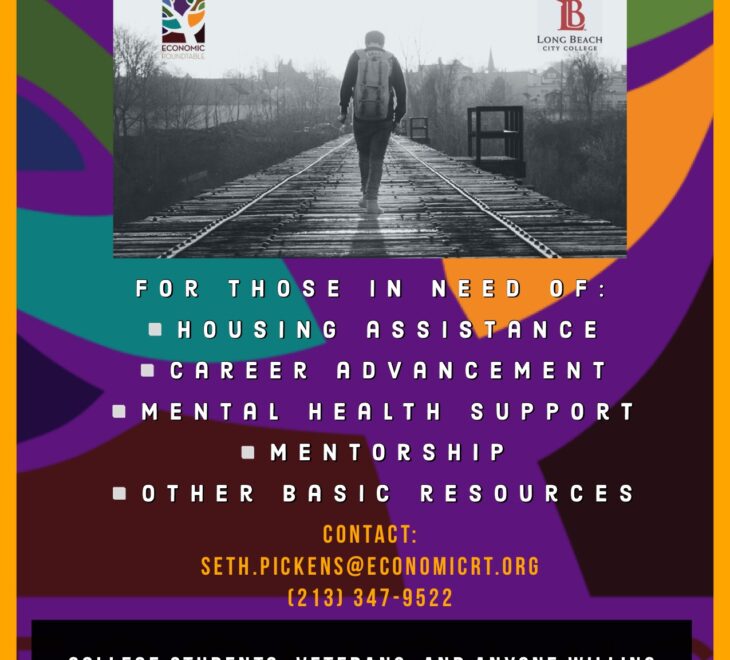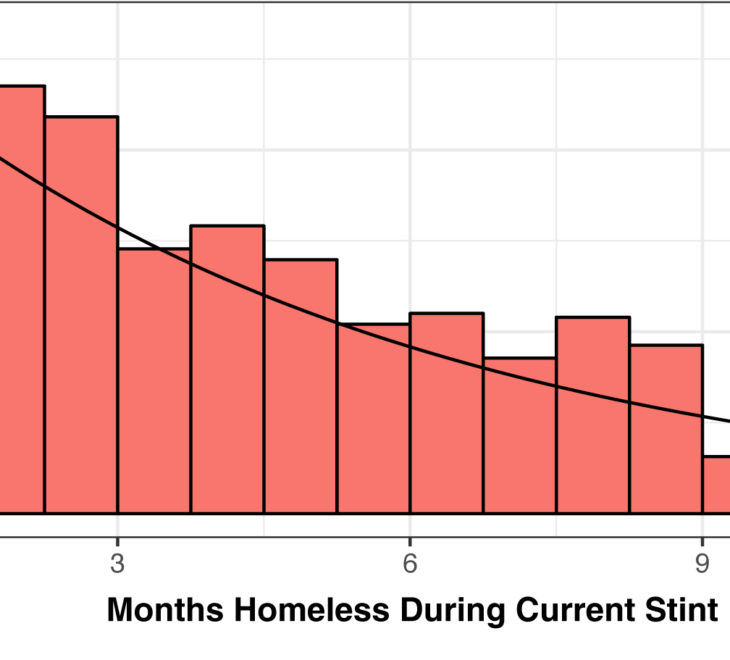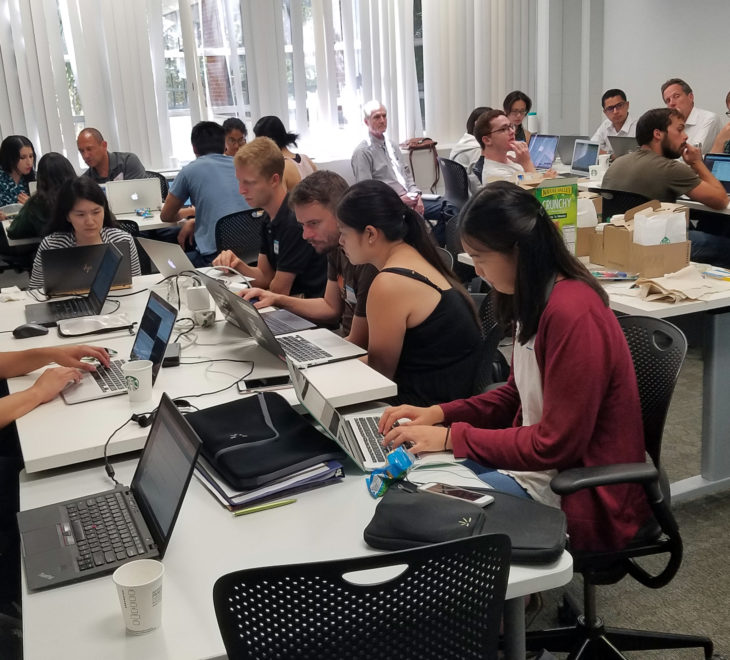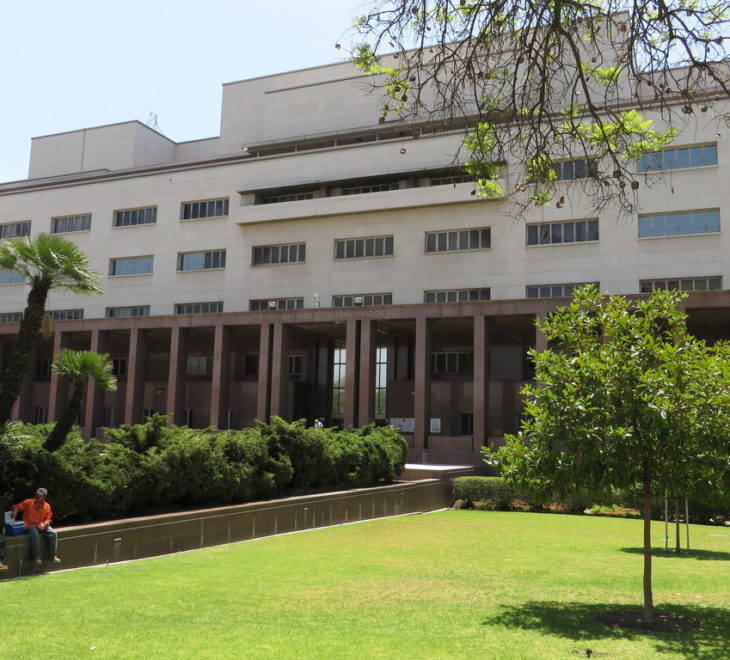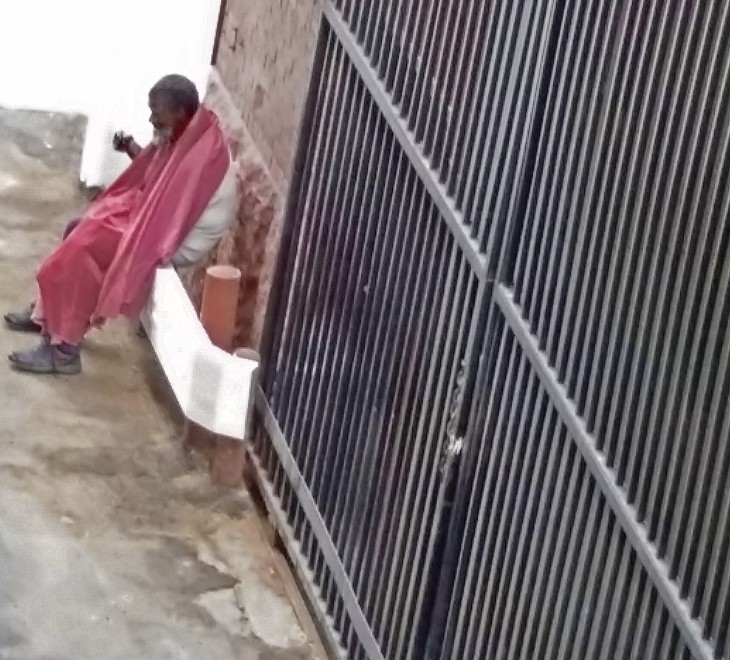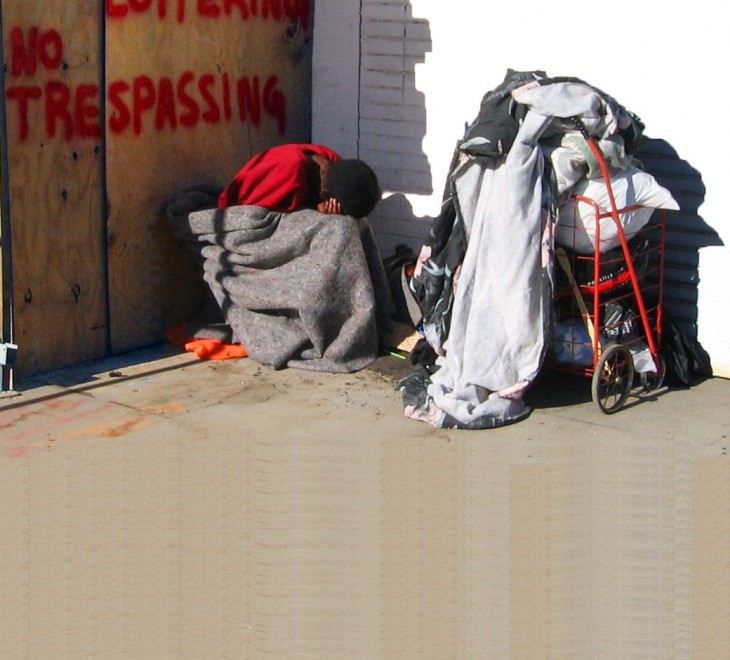Tools for Prioritizing Homeless Services
Targeted Interventions for Employable Adults and At-Risk Foster Youth
Overview
This research will develop screening tools (predictive analytic models) that accurately target cost-effective interventions for two critical groups in the homeless population. The first is foster youth, who have the highest rate of homelessness (60 percent or higher) of any group. The second group is homeless individuals with any employment history, because earned income is the best, and often only, sustained path out of homelessness.
The research builds on the Economic Roundtable’s expertise in developing predictive analytic models for intervening in homelessness. Past models have targeted individuals with very high public costs. The new models will target earlier interventions that prevent chronic homelessness.
Objectives
- Develop screening tools (predictive analytic models) that accurately target effective interventions for two critical groups in the homeless population. The first group is foster youth, who have the highest rate of homelessness (60 percent or higher) of any group. The second group is homeless individuals who are employable – an earned income is the best, and often only, path out of homelessness.
- Build capabilities into the screening tools to identify individuals in each of the two target populations whose post-intervention costs reductions offset the cost of the intervention.
- Support long-term reductions in public costs by reducing the number of individuals who become chronically homeless.
- Support reductions in the overall size of Los Angeles County’s homeless population.
Research Questions
This research will address four questions that are crucial for building system-based screening tools that use information held by service providers to target interventions for high-risk foster youth and employable adults.
1. Target Population Characteristics: What are the profiles of foster youth at high risk of homelessness and employable homeless adults who are likely to have high public costs and recurrent homelessness if they remain unemployed?
2. Public Costs and Risk Factors: What attributes within each target population contribute to risk of homelessness and high future public costs?
- What is the effect of employment, employment instability and unemployment on homelessness and public costs?
- What impact do mental health and substance abuse problems, and services when received, have on the risk of homelessness and public costs for foster youth?
- What risk factors make foster youth vulnerable to homelessness?
- What are the distributions of public cost for homeless individuals within the two target subpopulations – foster youth and employable adults?
3. Effective Interventions: What interventions are effective for each of the two target populations and how much do those interventions cost?
- What interventions are associated with preventing or minimizing homelessness among foster youth?
- At what age of foster youth are different interventions most effective.
- What types of employment assistance are associated with preventing or minimizing homelessness and achieving ongoing employment for employable adults experiencing homelessness? Job search and placement assistance? Temporarily subsidized employment? Ongoing subsidized employment?
- What constitutes timely employment assistance for employable individuals in order to minimize barriers to re-entering the labor market that increase the longer individuals are disconnected from work?
- What are the costs of each intervention?
4. Predictive Analytic Models: What combination of attributes have the greatest predictive power for identifying high-priority individuals in each target population – foster youth at risk of homelessness and employable adults who are likely to experience recurrent homelessness and have high public costs if they remain unemployed?
Expected Significance
This research will build critically needed capabilities for prioritizing and targeting service interventions to prevent recurrent homelessness among two critical groups within the diverse population that experiences homelessness in Los Angeles. These two groups are transition-age foster youth at risk of homelessness and employable adults at risk of reoccurrences of homelessness and high future public costs if they remain unemployed. Los Angeles County’s Public Social Services Commission estimates that 60 percent of former foster youth experience homelessness, making them an extremely high-risk group. The Economic Roundtables research has found that roughly 70 percent of adults who experience homelessness have work histories, making re-employment a critically important path out of homelessness.
Los Angeles County voters approved Measure H to prevent and combat homelessness. Revenue from a ¼ cent sales tax will be available for ten years to fund mental health, substance abuse treatment, health care, education, job training, rental subsidies, emergency and affordable housing, transportation, outreach, prevention, and supportive services for homeless individuals. This research will provide operational tools to more effectively help foster youth and employable adults achieve permanent exits from homelessness.
In order to reduce the size of the homeless population it is necessary to reduce the number of people who fall into homelessness as well as the number who have protracted and repeated episodes of homelessness. Information from this research will provide operational tools for addressing both of these needs.
Needs within the homeless population vary significantly. While the Silicon Valley Triage Tool and Los Angeles Crisis Indicator developed by the Economic Roundtable are effective for prioritizing access to permanent supportive housing for the small number of high-cost individuals who account for the majority of public costs, other tools are needed to target services for less disabled segments of the population.
Even though public costs for housing these individuals are much less expensive than costs when they are homeless, each unit of permanent supportive housing requires a subsidy of $175,000 to $225,000. It is critically important to intervene earlier before individual’s problems become this acute and costly.
Less expensive interventions are effective for individuals with less acute needs. But without effective early intervention there is a real risk that individuals will become chronically homeless and that their problems will worsen to the extent that they become high-cost homeless.
Additional predictive tools are needed to effectively target preventive care for transition-age foster youth and timely employment assistance for employable adults.
Underwriting
This research has been made possible by a generous grant from The John Randolph Haynes Foundation.


